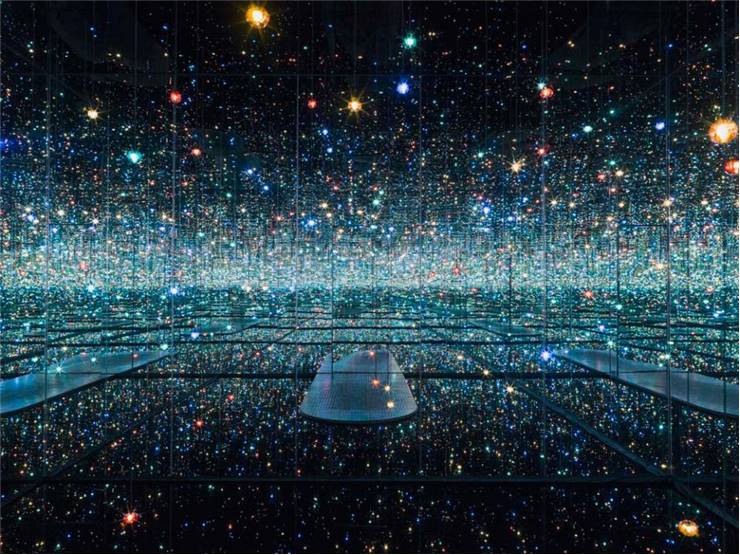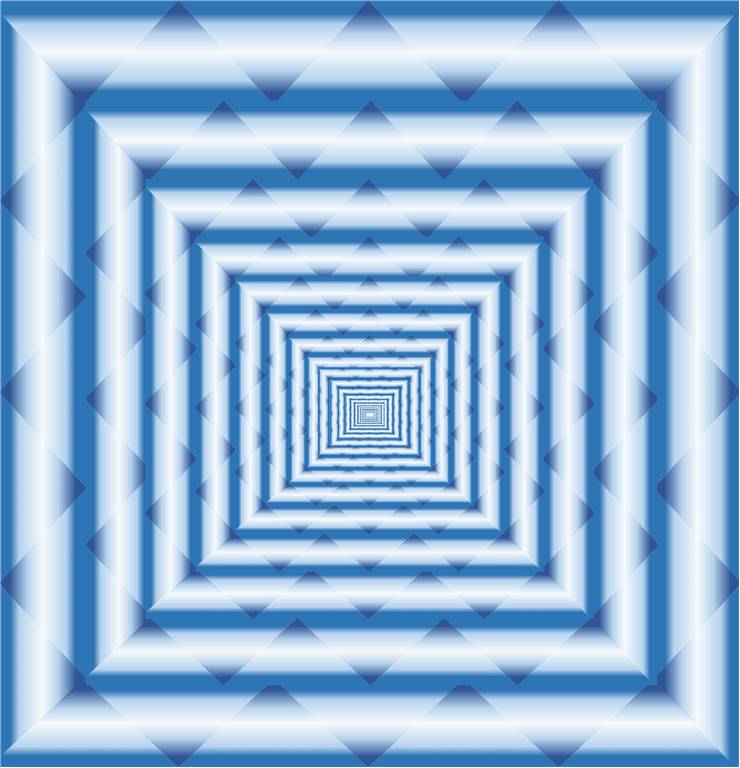Infinity Mirror - Types of Infinity Mirrors
Since the invention of modern mirror technologies, a large effort was spent into inventing not only new build materials that could enable mirrored surfaces to be placed in new kinds of environments and products, but also new ways the mirrors can be used for art, fun, and aesthetic purposes. One of the most famous and easily found examples of such type of mirrors are infinity mirrors that are used as a decorations, art objects in museums or art exhibits, entertainment objects, parts of furniture or home decoration or sometimes in most mundane places such as shopping halls, barber shops, beauty salons, public spaces and elevators.
The infinity mirrors work on a principle of placing two mirror surfaces so that they can bounce the light that is caught between them seemingly to the infinity. The infinity mirrors usually come into basic forms. First is large set of classic mirrors that are set to face one another, enabling users to enter into the part of space where their reflection will be shown in both mirrors, and the bouncing of their reflection from one mirror to another will create very interesting looking effect of infinite reflections that are shrinking back to the distant infinite point in the middle of the mirrors. Most commonly, “ceiling to wall” infinity mirrors can be found in clothing shop dressing rooms or amusement centers.
The second type is self-contained infinity mirror that works on the principle of bouncing light between two closely held parallel surfaces – one of the ordinary mirror and one of the partially reflective one-way mirror. However, since the one-way mirror enables only light to “get out” from the space between the mirrors, some internal illumination needs to be placed in that dark space. To make this type of infinity mirror visually appealing, the peripheral edges of two mirror surfaces (or sometimes even complex array placed directly across the entire mirror surface) are decorated with some type static or dynamic points of lights (LEDs, light bulbs or other sources of light). With light present on the edges of the mirror, the one-way mirror then can let out the array of bounced back images outside of the internal mirror structure, giving users the very realistic illusion of depth with lights “entering” deep inside the darkness of the mirror. Some rare models of infinity mirrors can have a non-parallel orientation of mirror surface, which creates the effect of angled visual tunnel that curves in one direction. Even more rarely, infinite mirror surface could be made to be automated, creating the swirling tunnel effect.
The distance between two parallel mirror surfaces can play a significant effect on the look of the depth that user can perceive. For example, the 2cm distance between mirrors and light source 1cm away from each of them creates the illusion of the following viewable distances when viewed from outside – 1cm, 4cm, 7cm, 11cm, 15cm and each following reflection adds 4 centimeters distance away from the outside mirror surface.
Infinity mirrors are often used in the art, including not only sculptors of art pieces but also by filmmakers who want to spice up the visual impact of the movie or TV scene. One of the most famous examples of infinity mirrors being used on big screen happened in the closing sequences of Hong Kong-American martial arts cult classic “Enter the Dragon”, directed by Robert Clouse.

